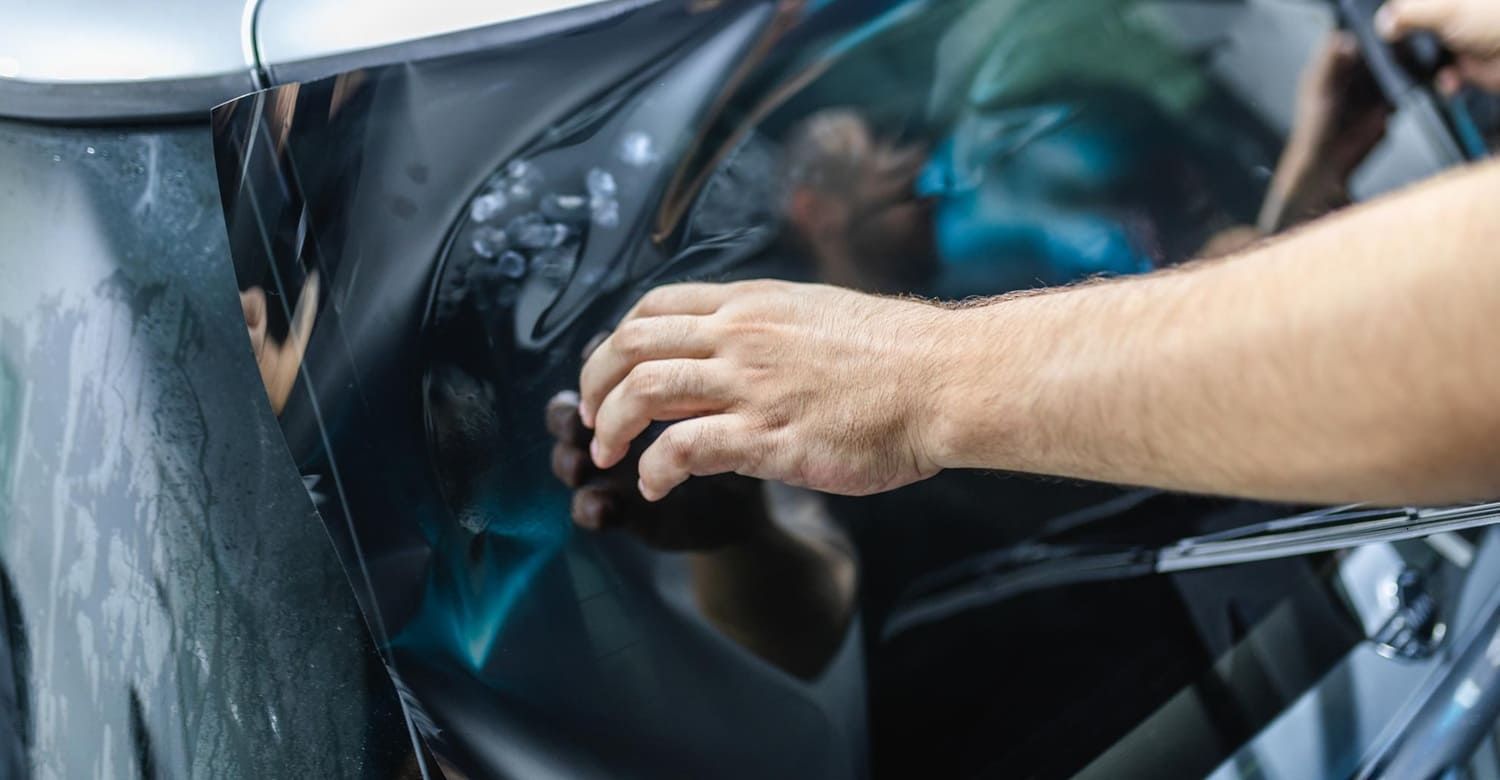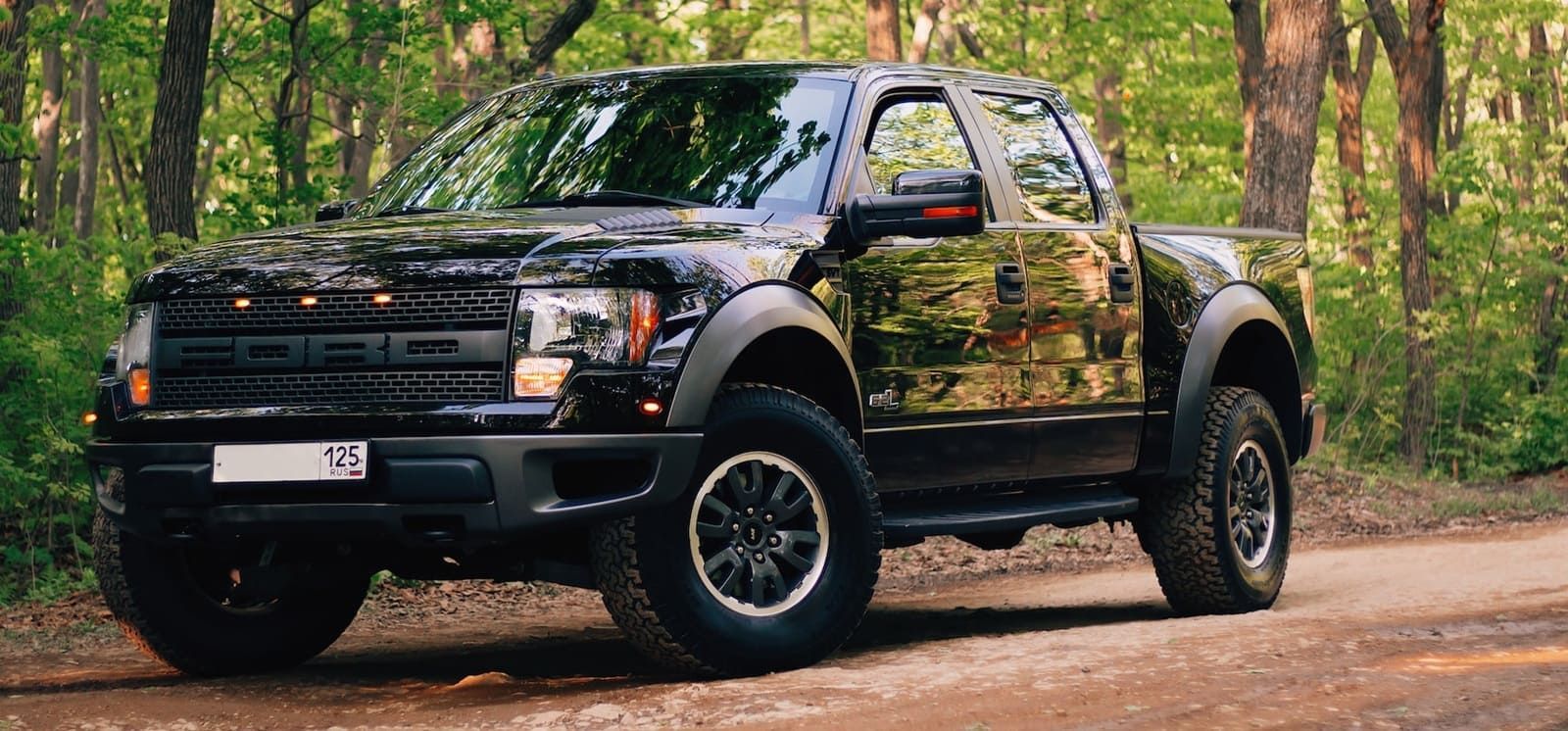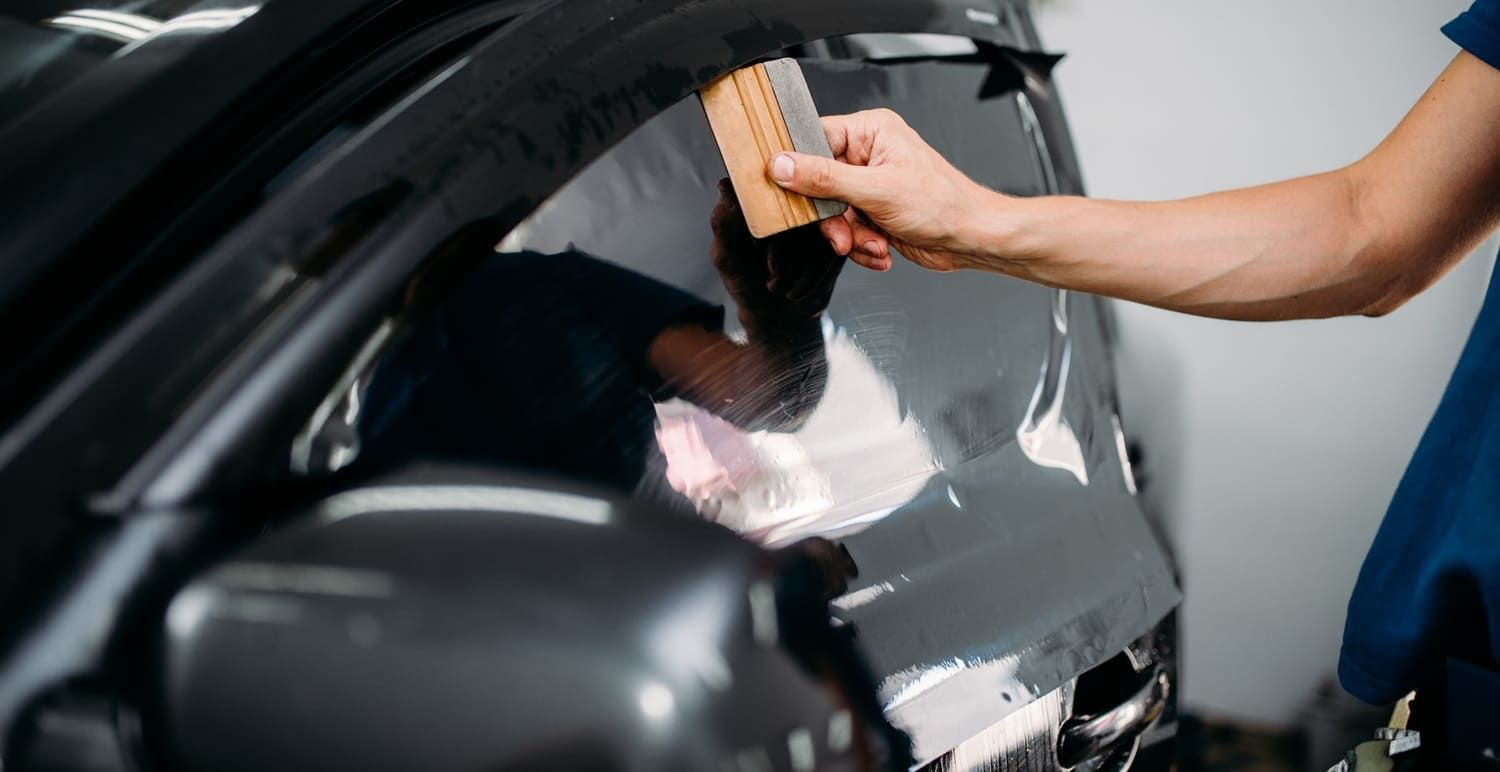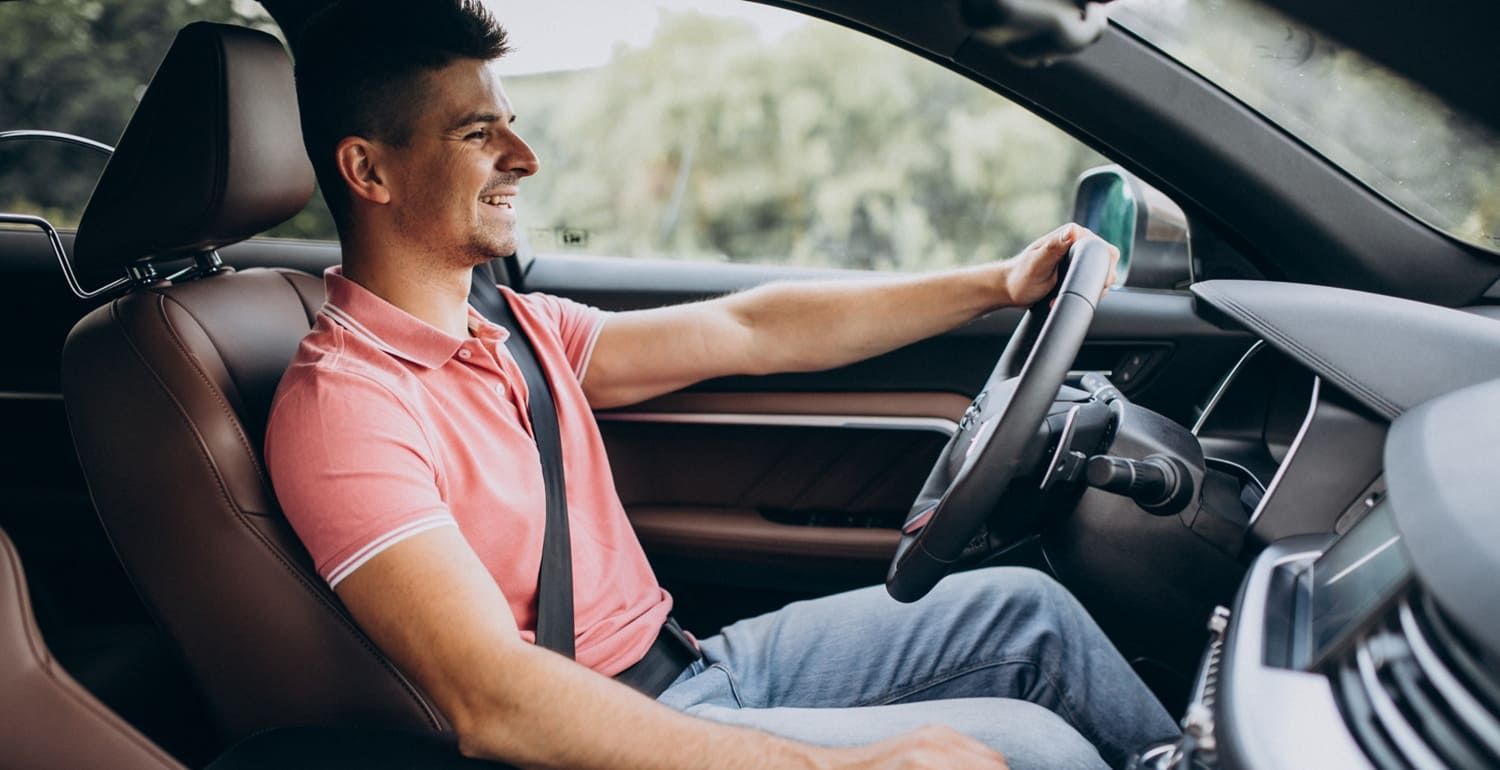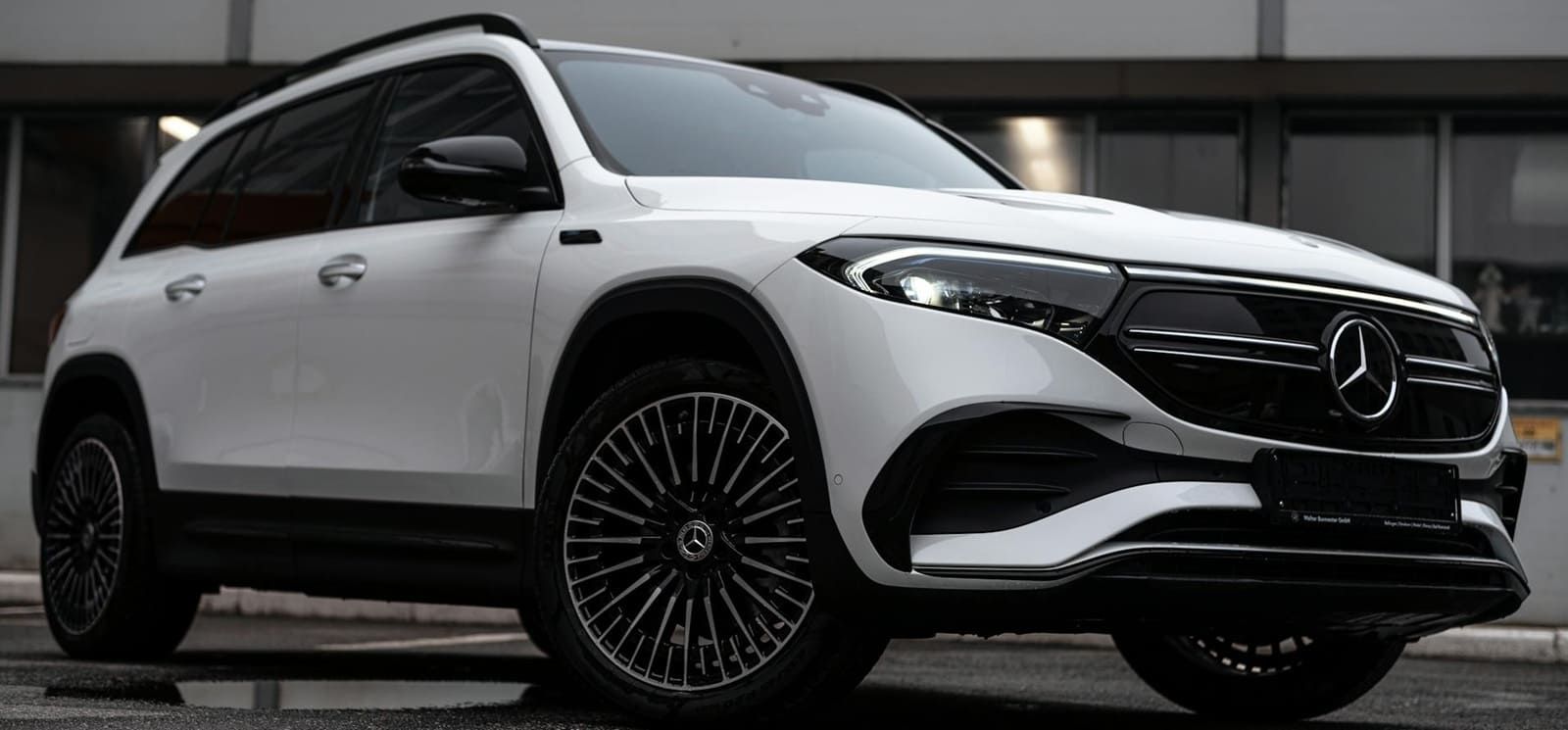How Long Does Car Window Tinting Really Last?
When you invest in car window tinting, you're not just looking for an aesthetic upgrade; you're investing in long-term benefits like UV protection, heat reduction, and increased privacy. These tints are not merely cosmetic; they serve practical purposes that enhance your driving experience. But a question that often arises is: How long does this investment last? Understanding the lifespan of your car's window tint can help you plan better and ensure you get the most value out of your investment. In this article, we will delve into the factors that influence the lifespan of your car's window tint, the types of tint available, and tips for ensuring you get the most out of your automotive window tint.
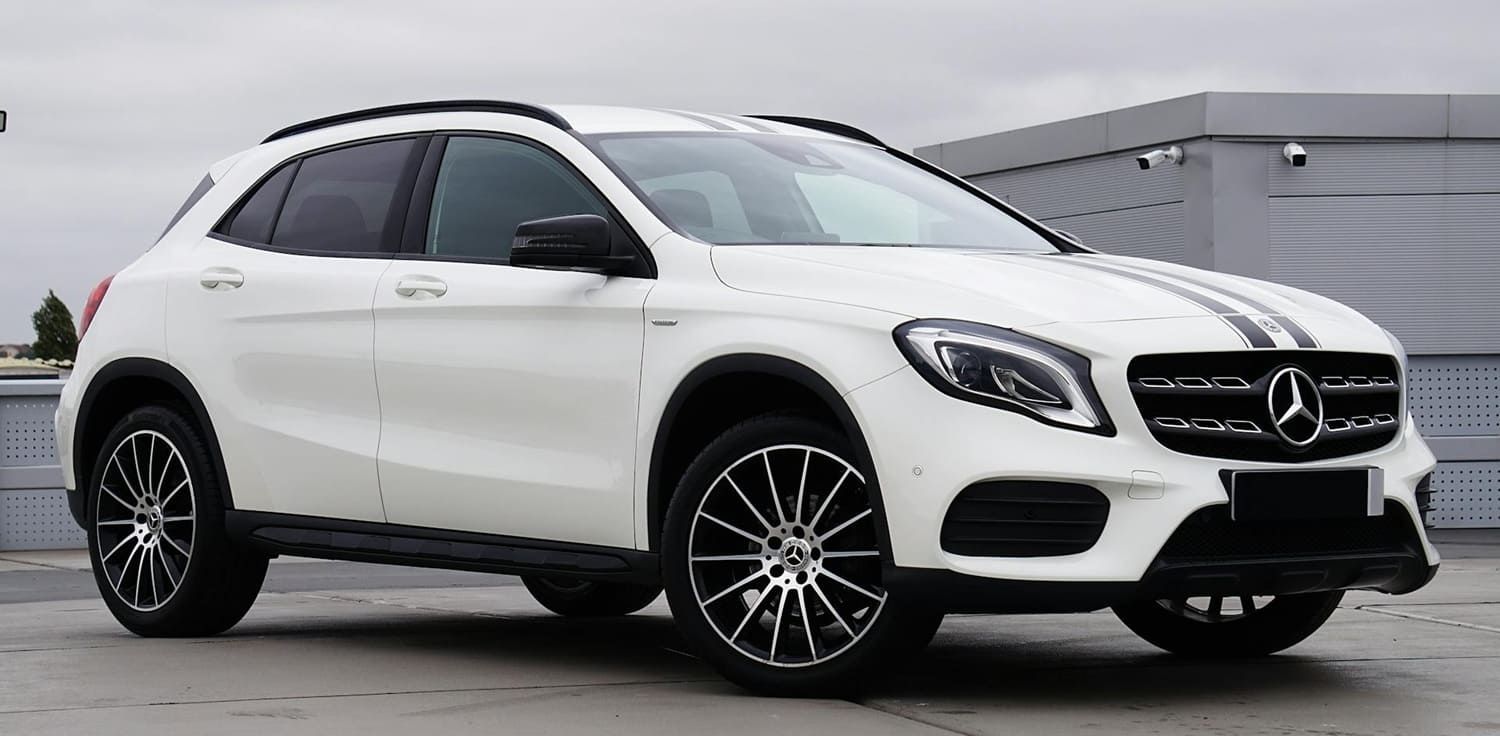
Understanding Car Window Tinting
Before we dive into the lifespan of car window tints, it's important to understand what they are. Automotive window tints are thin layers of film applied to the inside of your car's windows. These films are engineered to deliver specific benefits such as reduced glare and enhanced privacy. They are designed to reduce glare, block harmful UV rays, and maintain a cooler interior. Moreover, they also contribute to maintaining the interior condition of your car by protecting upholstery and other materials from sun damage. Different types of window tinting materials come with varying levels of durability and performance, which can significantly influence how long they last.
Types of Car Window Tint
- Dyed Film: This is the most affordable type of window tint. It blocks sunlight using multiple layers of dye that absorb solar heat. However, it tends to fade over time. Despite its affordability, dyed film is less durable and may require more frequent replacements, which is something to consider when budgeting for tinting.
- Metalized Film: It reflects heat using tiny metallic particles. While more durable than dyed film, it can interfere with cell phone and GPS signals. Metalized films are a step up in longevity and offer better performance in terms of heat reduction, but their reflective nature can sometimes be a drawback.
- Carbon Film: Known for its matte finish, carbon film blocks about 40% of infrared light and doesn't fade easily. It offers high durability and UV protection. Carbon films are a popular choice for those seeking a balance between cost and performance, providing a sleek appearance without the downsides of metallic interference.
- Ceramic Film: This is the premium choice, offering excellent heat and UV protection without interfering with electronics. Ceramic tints are the most durable and longest-lasting. Investing in ceramic film can be more expensive initially, but its longevity and superior performance can offer better value over time.
Factors Affecting the Durability of Car Window Tint
Quality of the Tint Film
The quality of the tint film itself is a significant factor in its longevity. High-quality films from reputable manufacturers generally last longer and perform better than cheaper alternatives. Investing in a good product upfront can save you money in the long run. Additionally, high-quality films often come with warranties that provide peace of mind and assurance of their durability.
Installation Process
Even the best window tint won't last if it's not applied correctly. Professional installation ensures that the film adheres properly to the glass, minimizing the risk of bubbling, peeling, or premature fading. When searching for "car window tinting near me," always look for certified and experienced installers. A professional installer will ensure that the environment and techniques used are conducive to a perfect application, enhancing the film's lifespan.
Exposure to Sunlight
The amount of direct sunlight your car is exposed to can significantly affect the lifespan of your window tint. Cars parked in shaded areas or garages will typically see their tints last longer compared to those frequently exposed to intense sunlight. UV rays can accelerate the aging process of the tint, leading to faster degradation if the car is regularly left in sunny spots.
Maintenance and Cleaning
Proper care and maintenance can extend the life of your window tint. Use a soft cloth and mild cleaning solution to clean tinted windows, avoiding ammonia-based cleaners that can degrade the film. Regular maintenance not only preserves the tint's appearance but also its functional benefits, such as UV protection and heat reduction.
Expected Lifespan of Different Tint Types
- Dyed Film: Typically lasts around 3 to 5 years before showing signs of fading and bubbling. The lifespan can vary based on exposure to elements and quality of installation.
- Metalized Film: Offers a longer lifespan of about 5 to 7 years, thanks to its reflective properties. However, the metallic content may cause issues with electronic signal reception over time.
- Carbon Film: Known for its durability, carbon film can last up to 10 years without significant fading. Its resilience makes it a preferred choice for those looking for a long-term solution.
- Ceramic Film: The most durable option, often lasting over 10 years with proper care. Ceramic films maintain their clarity and performance far longer than other types, making them a premium choice.
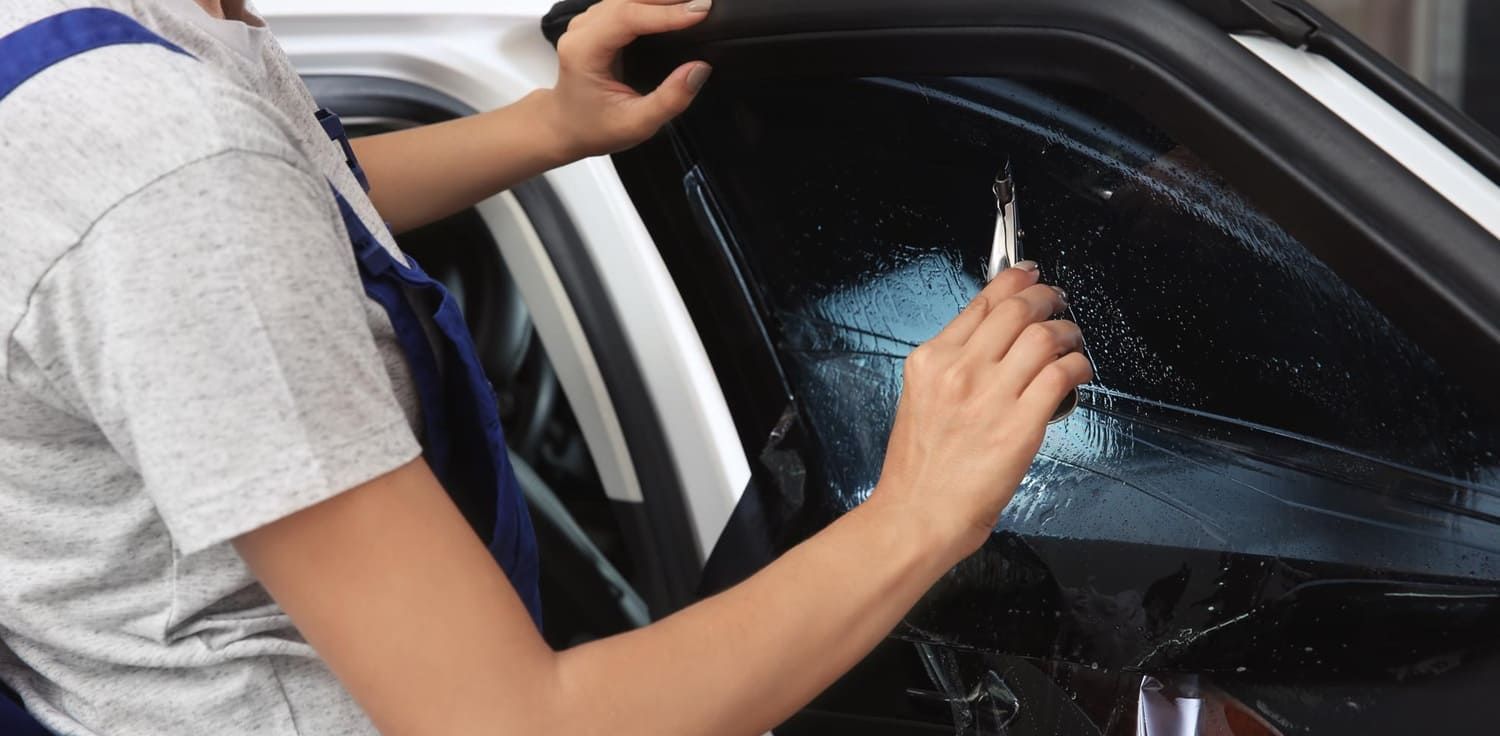
Signs That It's Time to Replace Your Car Window Tint
Even the most durable window tints will eventually show signs of wear. Here are some indicators that it might be time for a replacement:
- Fading: A noticeable change in color, usually turning purple, indicates UV degradation. Fading not only affects the appearance but also reduces the effectiveness of UV protection.
- Bubbling: Air bubbles trapped under the film suggest poor adhesion or aging. Bubbling can compromise visibility and lead to further peeling if not addressed promptly.
- Peeling: Edges starting to peel away from the glass is a clear sign of deterioration. Peeling can expose the adhesive layer, accelerating the degradation process.
- Scratches: Visible scratches or damage to the film affect both aesthetics and performance. Scratches can allow more sunlight and UV rays to penetrate, diminishing the tint's protective qualities.
Tips for Maximizing the Lifespan of Your Car Window Tint
- Opt for Professional Installation: Ensure a clean, bubble-free application with experienced installers. Proper installation is crucial for longevity and performance.
- Park in the Shade: Whenever possible, keep your car out of direct sunlight to reduce UV exposure. This simple step can significantly extend the life of your window tint.
- Use Appropriate Cleaners: Clean with non-abrasive, ammonia-free solutions to preserve the film. Regular cleaning with the right products maintains both the appearance and functionality of the tint.
- Regular Inspections: Periodically check your tints for signs of damage or wear and address issues promptly. Early detection of problems can prevent more extensive damage and costly replacements.
Conclusion
Car window tinting is a valuable investment for anyone looking to enhance their vehicle's comfort, safety, and style. By understanding the factors that affect tint durability, choosing the right type of film, and maintaining it properly, you can ensure that your automotive window tint lasts as long as possible. Whether you're considering getting a new tint or replacing an old one, remember that quality and proper care are key to longevity.
At Leo’s Touch Window Tinting, we specialize in providing high-quality window tinting services in Tampa, FL, offering expert installation and long-lasting results.
Invest wisely and enjoy the long-term benefits of a well-tinted vehicle, providing you with comfort, privacy, and protection for many years to come. Making informed choices and taking proactive measures can lead to a more satisfying and cost-effective tinting experience.
Contact Leo’s Touch Window Tinting today for a free estimate, and let us help you enhance your vehicle with the perfect window tint!


